A coating of single-walled carbon nanotubes improves the performance of li-ion cell cathodes: They show longer lifetimes and stable capacities even at very high rates.


A coating of single-walled carbon nanotubes improves the performance of li-ion cell cathodes: They show longer lifetimes and stable capacities even at very high rates.
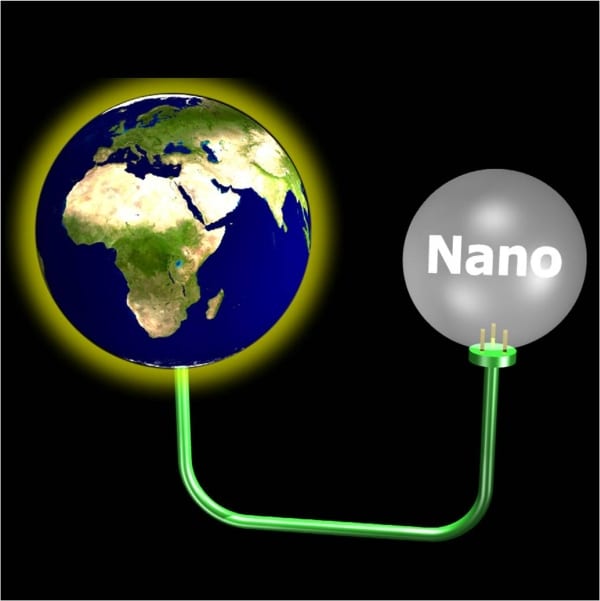
How can nanomaterials make a difference in the grand challenge: efficient and green global scale production, storage and use of energy? Professor Geoffrey Ozin from the University of Toronto gives his response to this question.
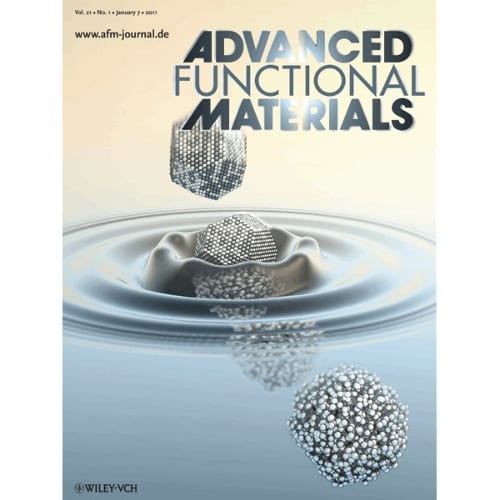
Systematic insights into well-defined platinum-alloy nanoparticles promise cheaper and more-efficient fuel cells.
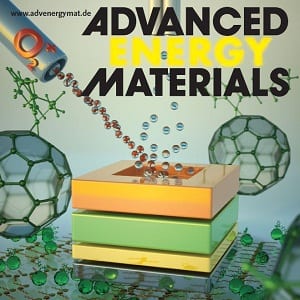
The January 2011 issue of new journal Advanced Energy Materials is now freely available online at www.advenergymat.de.
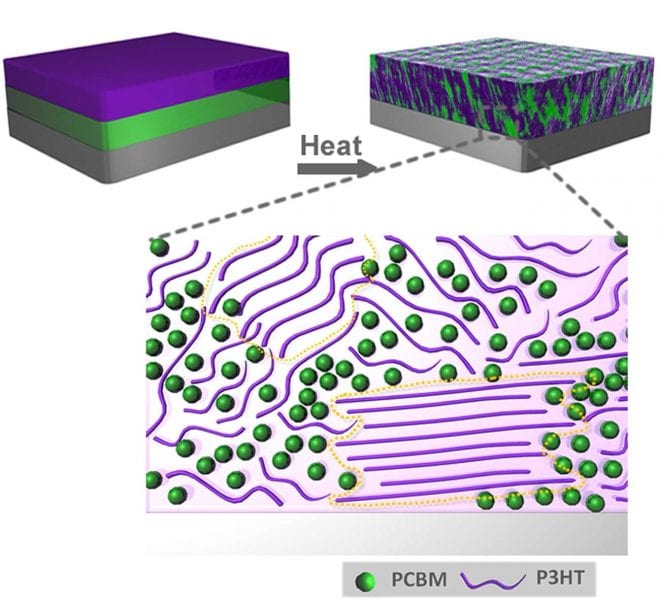
Understanding the morphology changes in plastic solar cells may hold clues for the development of new high-performance materials.
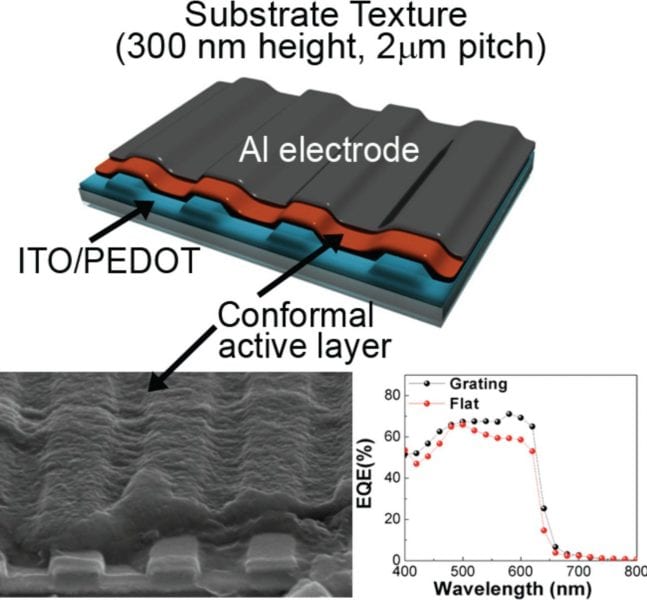
Sumit Chaudhary and co-workers from Iowa State University demonstrate that design optimization of the textured substrate leads to polymer-based solar cells that allow efficient light trapping without compromising the electrical characteristics.
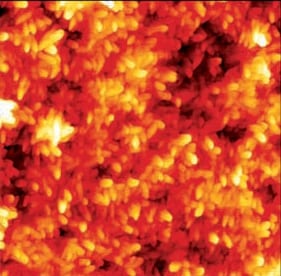
Scientists from the University of Linz engage in developing electronics that can simply be thrown onto the compost heap or, if in a pinch, could even be eaten!
Professor Sanjay Mathur of the University of Cologne reviews Nanotechnology for the Energy Challenge, a new text covering areas of energy research where nanomaterials could make a big difference.
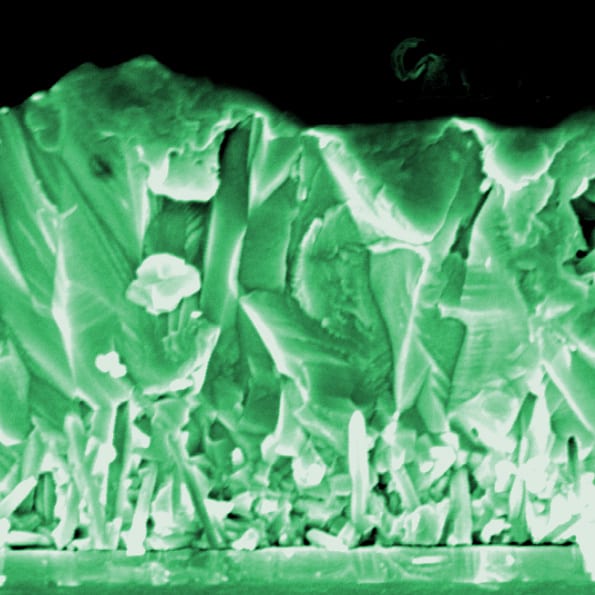
A European research team has improved solar cell performance by 500% by using copper oxide and zinc oxide nanowire arrays.
Metal-organic frameworks surpass feasible nanoparticle powders in surface area and come close to the ultimate adsorption limit for solids.